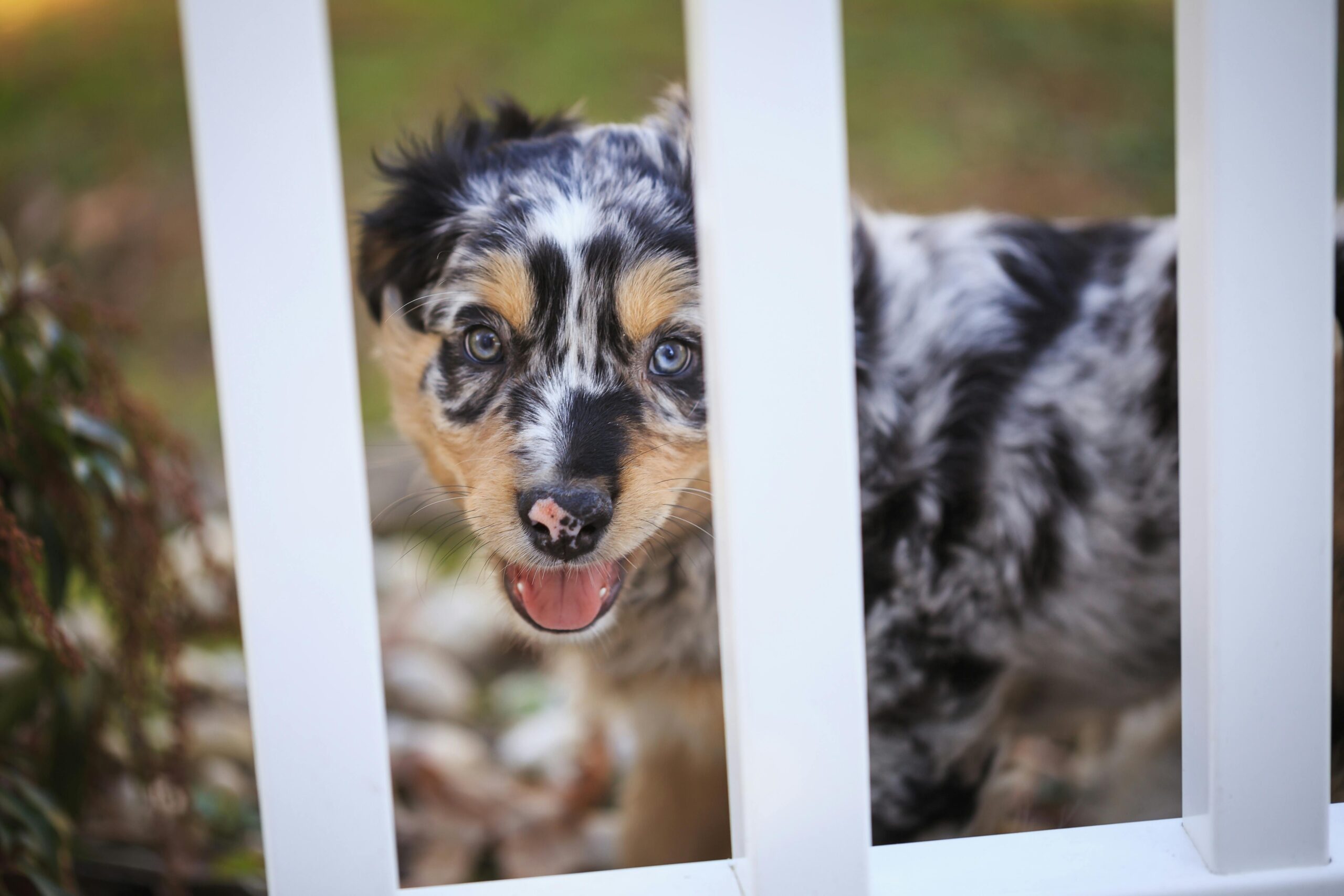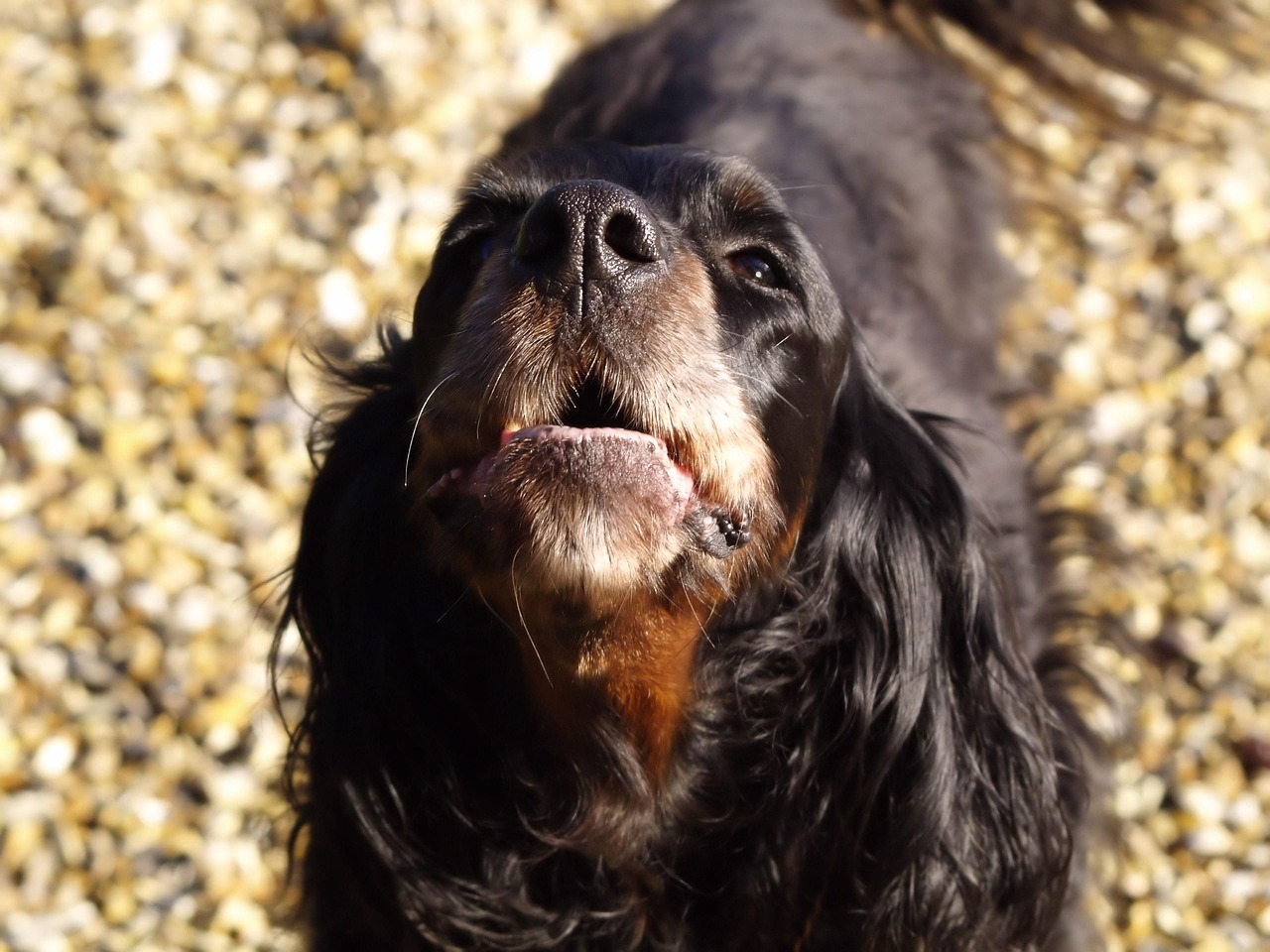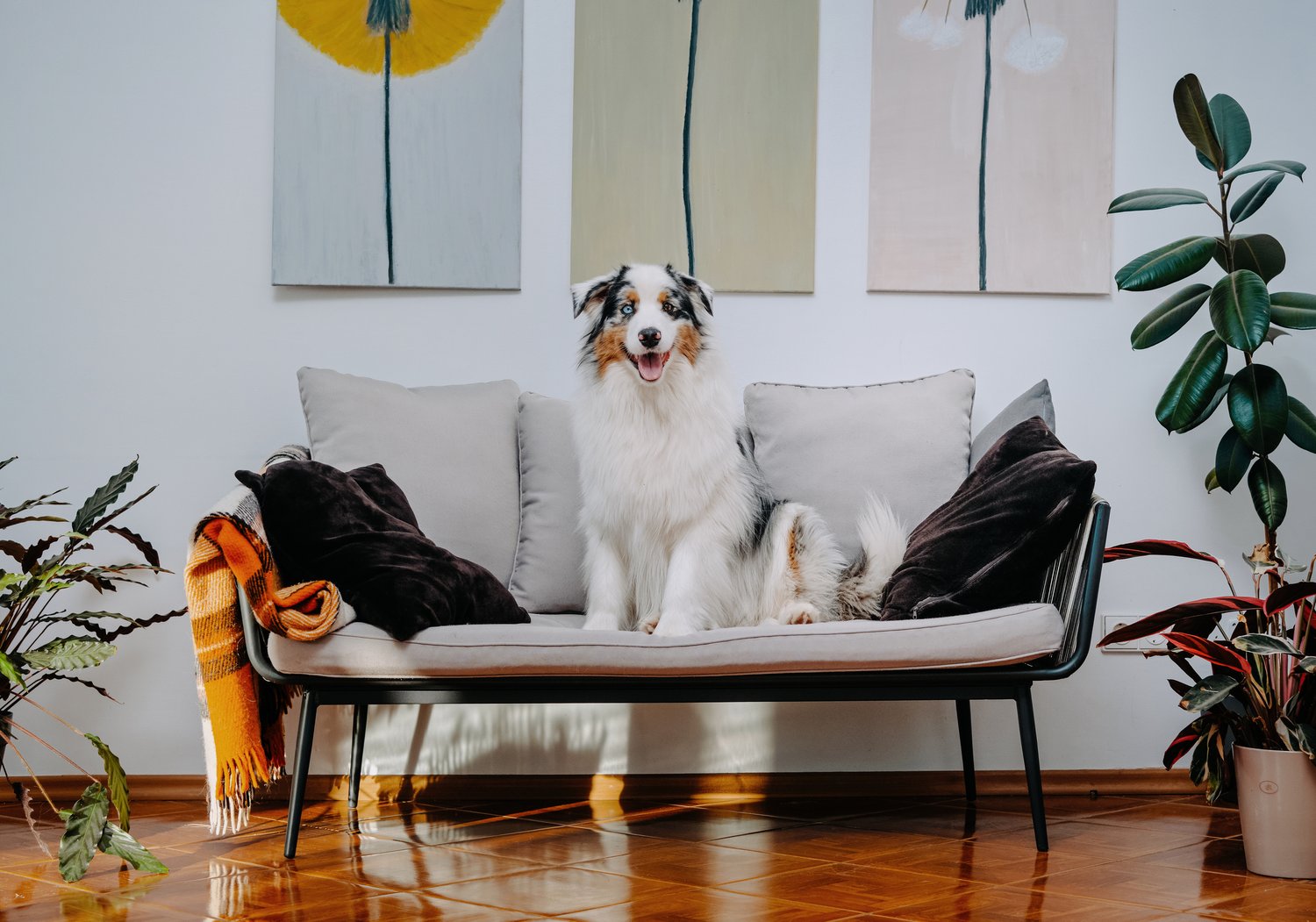Choosing the right fence for your dog isn’t just about containing them—it’s about giving them space to thrive while ensuring their safety. With so many fence types available, each offering its own set of benefits and drawbacks, homeowners are often left wondering which solution fits their pet best. Your dog’s size, energy level, behavior, and your property layout all factor into the right decision. Let’s explore the most popular fence types and how to determine which one is ideal for your canine companion.
Consider Your Dog’s Size and Jumping Ability
Large breeds or athletic dogs with a tendency to jump may require a taller fence to keep them contained. A standard 4-foot fence might be enough for smaller or older dogs, but active breeds like Huskies or German Shepherds often need fences that are 6 feet or higher. On the other hand, small breeds can sometimes slip through wider picket gaps in traditional fences. Always match your fence height and spacing to your dog’s size and physical capabilities to prevent escapes and injuries.
Factor in Your Dog’s Behavior and Temperament
Does your dog bark at every passerby or become anxious when left alone in the yard? Solid panel fences like vinyl or wood provide visual barriers that help reduce barking triggers and external stress. Curious or high-energy dogs might do better with fences that allow visibility, such as chain-link or metal fencing, if you want them to feel more connected to their surroundings. Understanding your dog’s personality goes a long way in selecting a fence that meets both their mental and physical needs.
Evaluate Privacy, Aesthetics, and HOA Rules
Your preferences and local regulations matter just as much as your dog’s needs. If you’re part of a homeowner’s association, check for restrictions on fence material, height, and placement. Some neighborhoods don’t allow chain-link fences, while others require neutral colors or specific materials. If you want added backyard privacy or a cohesive look with your home’s design, consider wooden or composite fences. These options can be customized to blend seamlessly with your landscaping and enhance your property’s curb appeal.
Compare Fence Materials: Wood, Vinyl, Metal, and Wire
Each fencing material has its pros and cons when it comes to durability, cost, and pet-friendliness. Wood offers a classic look but may require ongoing maintenance to avoid splinters or rotting. Vinyl is low-maintenance and great for visual barriers, while metal fences (like aluminum or wrought iron) are long-lasting and more open in design. For rural or large properties, welded wire or farm-style fences can provide a budget-friendly solution that still keeps your dog secure. Choose a material that fits your lifestyle, budget, and your dog’s behavior.
Think About Visibility and Supervision Needs
Some pet owners prefer to see their dog while they’re outside, especially if children are playing nearby or the yard backs up to a busy street. Semi-private or see-through fences like spaced wood slats or decorative metal can offer the best of both worlds. These options provide containment and partial visibility, so you can keep an eye on your dog while still offering them some privacy. Avoid designs that block views entirely if active supervision is a concern.
Choose a Fence Height Based on More Than Just Escape Risk
While height is crucial to prevent jumping, it also influences how much your dog can see and how they interact with the environment. Shorter fences may encourage barking if your dog can see passersby but can’t reach them. Taller, solid fences limit visual stimulation, which is helpful for anxious or reactive dogs. Take time to observe how your dog behaves outdoors—do they bark, dig, or try to climb? Your answer may point to the right fence height and structure.
Plan for Digging and Climbing Dogs
Some dogs are master escape artists, using digging or climbing to their advantage. If your dog tends to dig, consider extending your fence a few inches underground or adding a concrete footer or buried mesh barrier. For climbers, choose smooth panel designs with no footholds. You can also install angled extensions at the top of the fence to make climbing more difficult. Planning for these behaviors during installation will save time, money, and stress later on.
Temporary and Portable Fence Options
If you rent or need a flexible setup, portable or temporary fencing might be the best solution. These come in panels or rolls and can be easily installed without digging. They’re ideal for travel, small yards, or creating pet-safe zones within larger properties. However, they may not be sturdy enough for large or high-energy dogs unless reinforced. Use them as short-term solutions or for specific situations rather than permanent containment.
Invisible Fences for Training and Open Views
An invisible fence (also called an underground or wireless dog fence) is a great option when you want to preserve an open yard view. These systems rely on a buried wire or GPS signal and a special collar to train dogs to stay within set boundaries. While effective, they do require consistent training and aren’t ideal for every dog. Stubborn or anxious pets might not respond well to the correction system, so evaluate your dog’s temperament before choosing this option.
When to Call in a Pro
Choosing the right fence involves more than just aesthetics. A professional fence installer can assess your yard, understand your pet’s needs, and recommend the best solution for your lifestyle and budget. If you’re feeling overwhelmed or unsure where to start, consider hiring a local expert through AskHomey to ensure the job is done right.
FAQ
Q: What is the safest fence type for dogs?
A: Solid wood or vinyl fences are often the safest because they provide a strong barrier and reduce visual distractions. These are especially helpful for dogs prone to barking or escape attempts.
Q: How high should a fence be for a large dog?
A: For large breeds or high jumpers, a 6-foot fence is recommended to prevent escapes. Some extremely athletic dogs may require additional deterrents like angled toppers.
Q: Are invisible fences effective for all dogs?
A: Invisible fences can work well for many dogs with proper training, but they may not be ideal for anxious, stubborn, or very small breeds. Consistent reinforcement is key.
Q: How can I stop my dog from digging under the fence?
A: Install a buried barrier like chicken wire, concrete footers, or extend the base of the fence below ground level to prevent digging. Supervision and behavior training also help.
Q: What type of fence is best for renters or temporary needs?
A: Portable or modular fencing is best for renters. It’s easy to set up and remove, making it perfect for temporary containment without damaging property.
Q: Will a chain-link fence keep my dog secure?
A: Chain-link fences are secure for many dogs but may allow climbing or visual overstimulation. Adding privacy slats or coyote rollers can help improve their effectiveness.
Follow AskHomey for More Inspiration
Looking for more home improvement tips and pet-friendly ideas? Follow AskHomey on Instagram and Facebook for daily inspiration, expert advice, and project ideas you’ll love.



